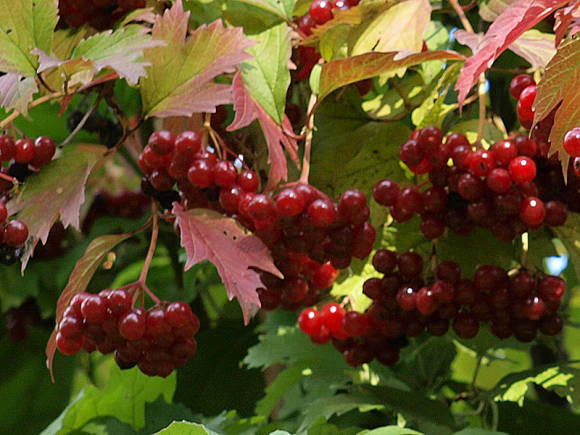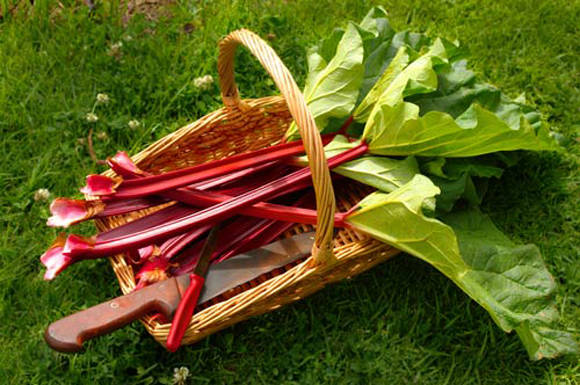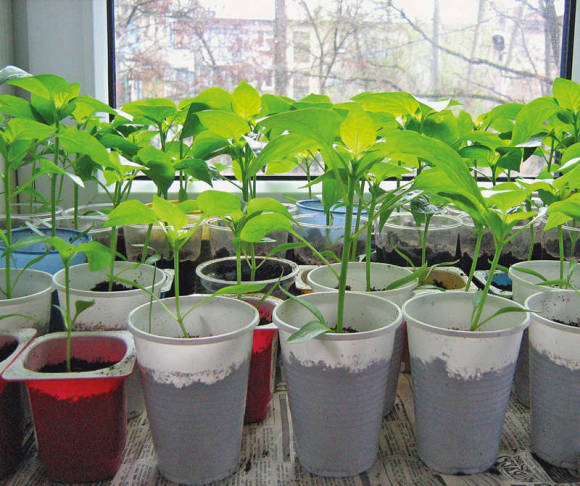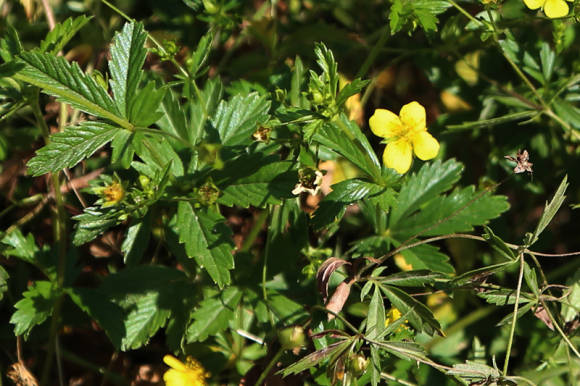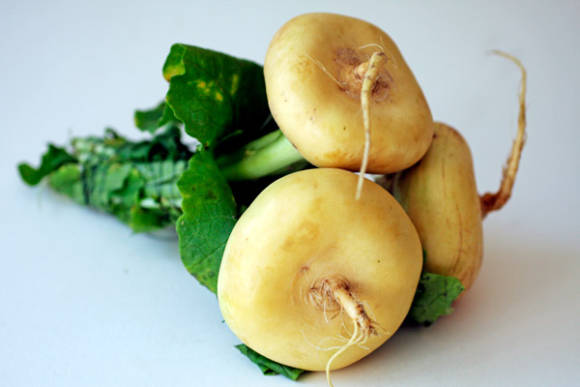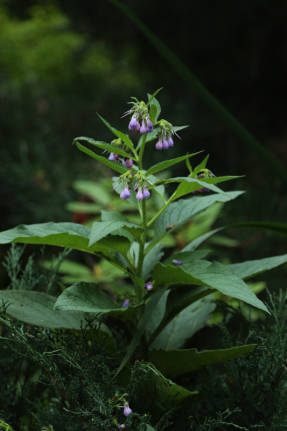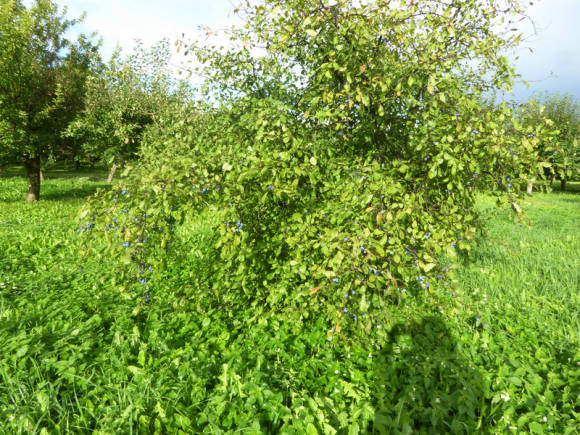 | ||||
Sea Power (TB) - one-color, semi-steaming, strongly corrugated |
In the natural conditions of various regions of our country, about 60 botanical species of iris grow. The most decorative are the so-called "bearded" ones - with characteristic pubescence of multicellular hairs on the outer perianth lobes, which include all varieties of hybrid garden iris (Iris hybrida hort.). It is they who prevail in the world assortment, numbering today more than 80 thousand items.
The so-called "beardless" irises - marsh iris (Iris pseudacorus L.), Siberian iris (Iris sibirica L.), xiphoid iris (Iris ensata Thunb.), Due to the abundant flowering and decorative appearance of the bushes, are a good landscape culture. The latter species has been cultivated in Japan for over half a century, therefore, in horticultural practice, its varieties are known as "Japanese irises".
Varieties of irises differ in color and shape of flowers, timing of flowering, shape of inflorescence and height of peduncle.
Garden classification of irises
According to the modern international classification of irises, developed by the American Iris Society (AIS), it is customary to distinguish 15 garden classes:
 |
Iapetus (JA) - iridescent, semi-steaming |
1. Tall bearded (TB) - Tall bearded
2. Border bearded (BB) - Border bearded
3. Miniature tall bearded (MTB) - Miniature tall bearded
4. Intermedia bearded (IB) - Intermedia bearded
5.Standard dwarf bearded (SDB) - Standard dwarf bearded
6. Miniature dwarf bearded (MDB) - Miniature dwarf bearded
7. Aril (AR) - Arils
8. Arilbred (AB) - Arilbreds
9.Siberian (SIB) - Siberian
10. Spuria (SPU) - Spuria
11. Japanese (JI) - Japanese
12. Louisiana (LA) - Louisiana
13. Californian (CA) - California
14. Species (SPEC) - Species hybrids
15. Interspecies (SPEC-X) - Interspecies hybrids
Grades 1-8 include "bearded" irises and grades 9-15 include "beardless".
The Russian Iris Society (ROI) has adopted the following garden classification of irises - also from 15 classes:
 |
Cachet (SDB) - iridescent, soaring, corrugated |
1.TB (Tall bearded) - Tall bearded
2.SMB (Standard median bearded) - Standard medium-sized bearded
3. SFMB (Small-flowered median bearded) - Small-flowered high bearded
4. IMB (Intermediate median bearded) - Connecting medium-sized bearded
5. SDB (Standard dwarf bearded) - Standard dwarf bearded
6.MDB (Miniature dwarf bearded) - Miniature dwarf bearded
7. (-) AB (Non-Aril-like Arilbreds) - Non-Aril-like Arilbreds
8. AR & (+) AB & AB (Arils and Aril-like Arilbreds) - Arils and Aryl-like Arilbreds
9.SIB (Siberian) - Siberian
10. CHR (Chrysographes) - Chrysographes
11. JA (Japanese) - Japanese
12.SPU (Spuria) - Spuria
13.LA (Louisiana) - Louisiana
14.CA (Californian) - California
15. OT (Others) - Others
As in the international classification, grades 1-8 include "bearded" irises, while grades 9-15 are "beardless". In contrast to the international classification, from the class "Siberian" into a separate class - "Chrysographs" - 40-chromosomal cultivars, which have a phenotype different from the Siberian irises, were isolated. The ROI Presidium considered it expedient to consider the presence of at least 100 varieties as a criterion for separation into an independent class; the classes "Species hybrids" and "Interspecific hybrids" are combined into one class - "Other".
According to the ROI, as of 01.01.2010, the following number of iris varieties were recorded in the Russian Federation:
Period / class | (-) AB | AR & (+) AB & AB | CA | CHR | IMB | JA | LA | MDB | OT | SDB | SFMB | SIB | SMB | SPU | TB | Total |
.... ... - 1950s | 0 | 1 | 0 | 0 | 22 | 26 | 0 | 2 | 7 | 4 | 0 | 21 | 0 | 4 | 207 | 294 |
1951 - 1960 | 0 | 2 | 0 | 0 | 5 | 22 | 0 | 10 | 0 | 15 | 0 | 4 | 1 | 3 | 166 | 228 |
1961 - 1970 | 0 | 1 | 0 | 0 | 26 | 20 | 1 | 7 | 3 | 47 | 1 | 27 | 0 | 11 | 168 | 312 |
1971 - 1980 | 0 | 0 | 2 | 1 | 29 | 9 | 3 | 2 | 7 | 74 | 5 | 60 | 10 | 33 | 378 | 613 |
1981 - 1990 | 3 | 2 | 6 | 5 | 90 | 24 | 27 | 12 | 22 | 111 | 16 | 120 | 41 | 67 | 908 | 1454 |
1991 - 2000 | 5 | 13 | 25 | 14 | 179 | 50 | 69 | 37 | 59 | 325 | 15 | 161 | 85 | 96 | 1696 | 2829 |
2001 - 2010 | 5 | 3 | 9 | 6 | 193 | 26 | 3 | 12 | 50 | 470 | 3 | 171 | 42 | 19 | 1780 | 2792 |
Total | 13 | 22 | 42 | 26 | 544 | 177 | 103 | 82 | 148 | 1046 | 40 | 564 | 179 | 233 | 5303 | 8522 |
Peduncle height
According to the height of the peduncle, three groups of bearded irises are distinguished: dwarf (up to 40 cm), medium-sized (41-70 cm), tall (above 70 cm).
Dwarf subdivided into miniature - MDB (miniature dwarf bearded), in which on a peduncle no more than 20 cm in height there are, as a rule, 1-3 flowers; and standard - SDB (standard dwarf bearded) - peduncle height 21-40 cm and, as a rule, 2-4 flowers per peduncle.
Medium-sized are divided into three garden classes: IB (intermediate bearded), which, as a rule, have more than 4 flowers per peduncle, BB (border bearded) - more than 6 flowers per peduncle; and MTB (miniature tall bearded).
 |  |  |
Flower color type
The color of iris flowers is provided by the presence of two groups of pigments: anthocyanins - violet-red, purple, lavender, blue, violet, and carotenoids - yellow, orange, pink.
Varieties of hybrid iris by color of flowers are divided into:
- monochromatic (self) - in different scales;
- two-ton (bitone) - with the color of the inner and outer perianth lobes, differing in intensity of the same color;
- bicolor (bicolor) - with the upper and lower lobes, painted in different colors.
Certain terms are used for some color combinations of the upper and lower beats. So, two-tone irises with white upper lobes are called "Amena" (amoena), and with yellow - "Variegata" (variegata).
- Two-tone irises with light purple upper and dark purple (purple) lower lobes are called "Neglect" (neglecta).
- Two-tone and two-tone varieties, in which the upper lobes are colored darker than the lower ones, are called "Reverse" (reverse).
- "Plikata" (plicata) is a color sample with an anthocyanin (in the spectrum from pink-lilac to dark purple) pattern on a light (white, cream, yellow, etc.) field on the bases and often along the edges of the perianth lobes. Sometimes the pattern can cover the entire surface of the lobes.
- "Luminata" (luminata) is a color sample with the absence of anthocyanin pigments on the anthocyanin field around the beard (required) and along the edges of the perianth lobes (often).
- "Luminata-plikata" Is a color sample that combines the above characteristics.
- "Glaciata" - this is a color sample with no anthocyanin pigments; flowers in white, yellow, pink, orange tones have a clear, icy tone.
- Iridescent (blend) is a color sample of varieties, in the color of the perianth segments of which, as a rule, smooth transitions from one color to another are observed.
 |  |
A special category is made up of iris varieties with an irregular (visually chaotic, unsystematic) pattern of perianth lobes - the so-called "Broken"color (broken color). Their flowers resemble those of tulips affected by the variegation virus.
Color spectrum
The color of iris flowers is provided by the presence of two groups of pigments: anthocyanins (violet-red, purple, lavender, blue, violet); and carotenoids (yellow, orange, pink). Therefore, wild species of iris have predominantly blue and yellow flowers.
Flower shape
The flowers of irises usually have 6 perianth lobes: 3 internal and 3 external. According to the position of the outer perianth lobes, the following iris flower forms are distinguished:
- classic - with the outer lobes directed downward;
- semi-steaming - with outer lobes directed downward - to the sides;
- floating - with outer lobes directed horizontally.
In some varieties of Japanese irises, the inner perianth lobes can be reduced, or located in the same plane as the outer lobes. In this regard, the following flower forms are distinguished:
- Semi-floating - with 3 lobes in one plane
- Semi-floating - with 6 lobes in one plane
- Floating - with 3 lobes in one plane
- Floating - with 6 lobes in one plane
In addition, the varieties of Siberian and Japanese irises can have a double form of flowers - with more than six perianth lobes.
The shape of the edges of the perianth lobes

Flowers of irises can have straight (even) edges of the perianth lobes - flowers of the so-called "strict style" (tailored); corrugated (ruffled, waved); laced, or bubbly.
The vast majority of modern varieties of tall bearded irises have flowers with corrugated perianth lobes to one degree or another; many of them have large flowers with a dense texture of the perianth lobes.
Beard shape
Often there are varieties of irises with a beard colored in contrast to the color of the perianth lobes.A new phenomenon in the breeding of bearded irises - varieties with different outgrowths of the beard - the so-called "space generation" irises (space agers). The outgrowths can be in the form of a horn (horn), spoon (spoon) or "petal" - petaloid (flounce). In the climatic conditions of our country, this does not always manifest itself, since it depends, among other things, on the climatic zone, weather conditions and agricultural technology.
Continued in the article What else you need to know about the classification of irises

